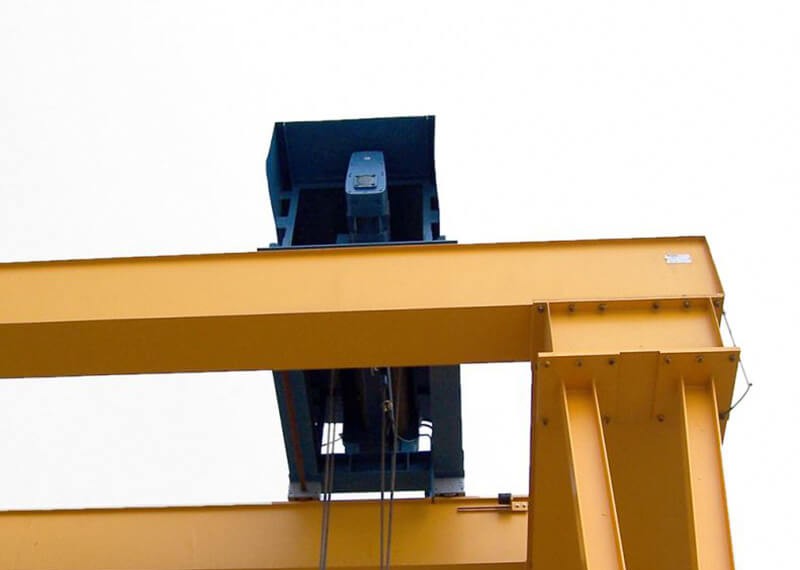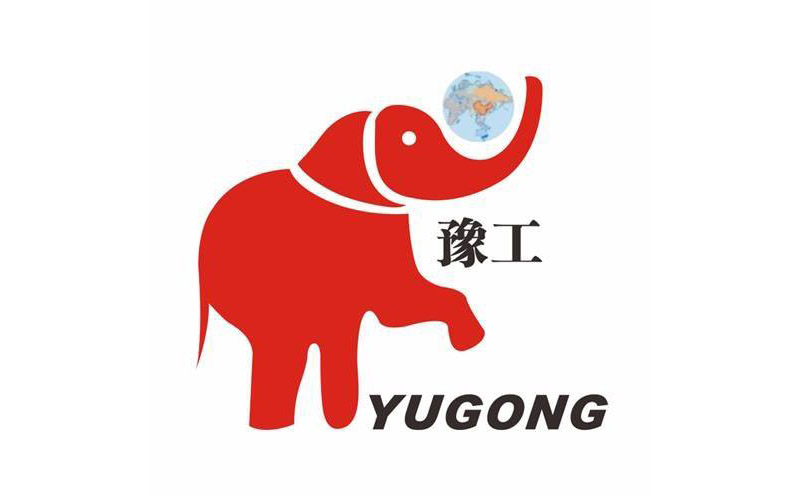
What are the environmental requirements for cranes
Since the crane is a relatively special engineering facility, the operator should receive training and guidance, have a full understanding of the structure and performance of the machine, and obtain a certain amount of operation and maintenance experience before operating the machine. The product operation and maintenance manual provided by the manufacturer is an indispensable material for the operator to operate the equipment. Before operating the machine, be sure to read the operation and maintenance manual, and perform operation and maintenance according to the requirements of the manual. Common requirements for the use environment of cranes are:
1. The motor capacity should be checked if the altitude of the crane device operation site does not exceed 2000 meters and exceeds 1000 meters.
2. The ambient temperature for normal operation of the crane should be within -20+/-40 degrees Celsius, and the 24-hour average temperature should not exceed 30 degrees Celsius.
3. There should be no flammable, explosive and corrosive gases in the working environment
4. The radiant heat of the hoisted items to the crane hook shall not exceed 300 degrees Celsius
5. The wind pressure of cranes not operating is not more than 150 Pa inland and 250 Pa in the sea
6. The wind in the non-operating state of the crane is not more than 800 Pa
7. Master the environment of the work site, determine the transportation route, level the work site, and remove the surrounding obstacles. The job site should ensure that the cable operator and crane driver can clearly observe the operation site conditions, such as construction at night, should ensure sufficient lighting conditions.
8. The ground of the work site should be solid and not dented. The soft ground should be padded with wooden boards or sleepers under the outriggers. After the outriggers are extended and cushioned, the crane should remain level.
9. Carry out safety inspections on cranes and hoisting tools in use. Safety devices, alarm devices, brakes, etc. must be sensitive and reliable.
10. The range of possible movement (slewing) of the crane, boom and counterweight, and the range that may be involved in the fall of a suspended object are all dangerous areas. Fences or warning signs should be added.


